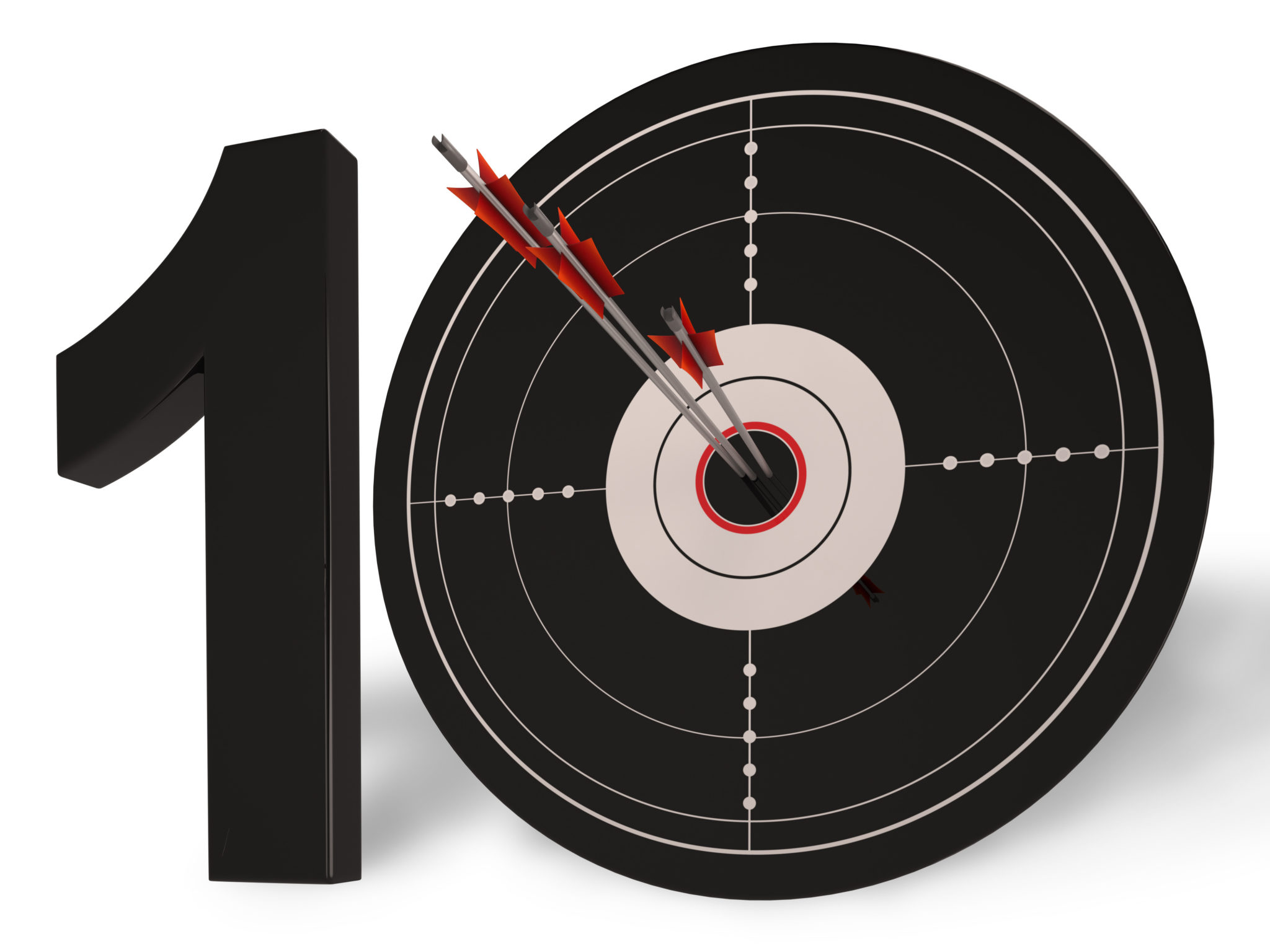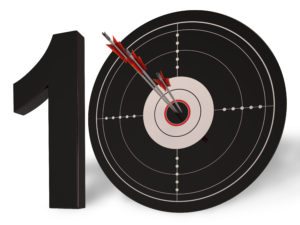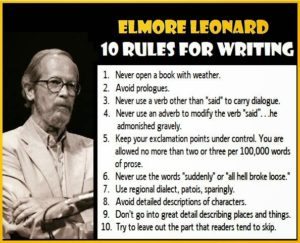Today I am sharing with you a post from The She’s Novel Blog by Kristen Kieffer, who can’t take a bad picture. Kristen shares with us some insights that she gathered while doing research for her next course. Full disclosure Kristen and I have no relationship, I just really liked this article and thought you would too. While reading the one insight that stood out for me is number 3 – The Importance of Publicizing Your Progress. I know that I should and it would help me be accountable for big task. Read the article and let me know what you think, or if there was one insight that stood out for you.
~ * ~
10 Writing Lessons I Learned While Creating Self-Editing Success
 Hey, friends. Long time, no see.
Hey, friends. Long time, no see.
It’s been just over a year since I launched She’s Novel, and in all that time I don’t think I’ve ever been away from the blog for so long. Three weeks, y’all. How crazy is that? I can’t begin to tell you how much I’ve missed it.
But where have I been? In full-blown creation mode, that’s where!
As many of you know, my first full-length e-course–Self-Editing Success–launched for pre-sale last weekend (hurray!). Since that time, I’ve spent every waking hour creating content for the course.
With 6 modules, over 35 videos, and countless worksheets, I’ve hardly had a moment to spare. But today, I’m back! And so I thought I’d get a bit more personal than usual here on the blog and share with you 10 different writing lessons I learned during the creation of my Self-Editing Success e-course.
You see, I didn’t just take the information in my head and slap it onto a bunch of slides to create the course. I spent months researching different editing topics, analyzing bestselling novels , and chatting it up with you lovely readers to make sure I included everything you need to know in order to revise your manuscript for success.
And along the way, I learned so much about writing for myself. New techniques, truths about the editing process, and mistakes and myths that far too many writers believe. Today, I want to share all of those things with you so we can both continue to grow as writers.
So let’s get started!
In the process of creating Self-Editing Success, I actually learned three new techniques for completing productive edits and holding yourself accountable. Let’s talk about that.
…………….
1. The Two Approaches to Editing
From the planners vs pantsers debate alone, it’s painfully obvious that there is no right way to write a novel. Even if they follow certain patterns, every writer has their own unique process for bringing their stories to life.
One thing that never occurred to me though? That some authors don’t edit their manuscripts linearly!
My experience with editing has always been to start at chapter one and work my way through the entire manuscript, making changes to either the story or the writing itself depending on my current draft. This was a lengthy process of course, often taking me six months or more, but it was always worth it in the end.
But while chatting it up with some writers on Twitter back, I was surprised to learn that not all writers edit in such long drafts. Some choose to focus on a single issue at a time (e.g. fixing plot holes or eradicating flowery language) and jump around to make those edits happen.
Read the full post on The She’s Novel Blog
~ * ~
If you liked this article, please share. If you have suggestions for further articles, articles you would like to submit, or just general comments, please contact me at paula@publetariat.com or leave a message below.



 As many writers know, agents and editors won’t give your work more than ten pages or so to make an impact. If you haven’t got them hooked by then, it’s a safe bet you won’t be asked for more material. Make sure you’ve got the kind of opening they’re looking for! In this invaluable weekend event, you’ll get to work with an agent online to review and refine the first ten pages of your novel. You’ll learn what keeps an agent reading, what are the most common mistakes that make them stop, and the steps you need to take to correct them. The best part is that you’ll be working directly with an agent, who will provide feedback specific to your work.
As many writers know, agents and editors won’t give your work more than ten pages or so to make an impact. If you haven’t got them hooked by then, it’s a safe bet you won’t be asked for more material. Make sure you’ve got the kind of opening they’re looking for! In this invaluable weekend event, you’ll get to work with an agent online to review and refine the first ten pages of your novel. You’ll learn what keeps an agent reading, what are the most common mistakes that make them stop, and the steps you need to take to correct them. The best part is that you’ll be working directly with an agent, who will provide feedback specific to your work.
 No creative act is a solo endeavor.
No creative act is a solo endeavor.



